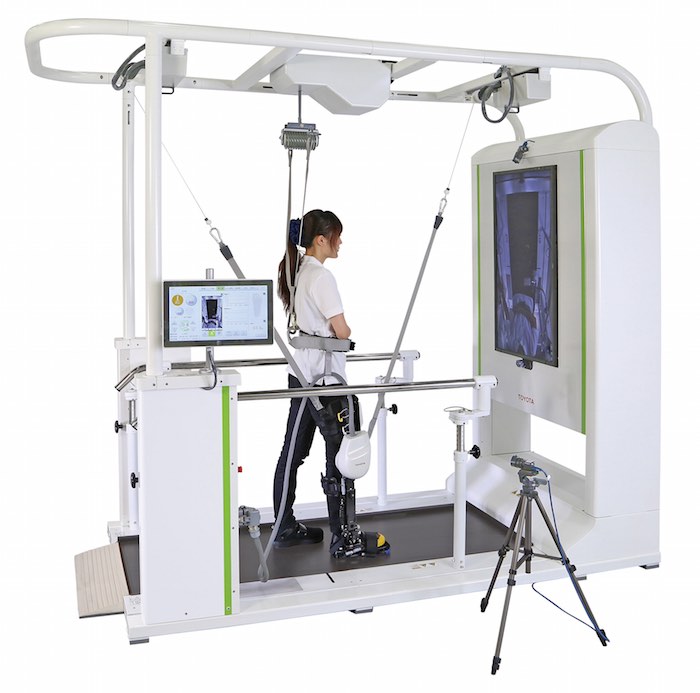Japan has an extremely rapidly aging population. This increases the need for health care and for assistance with everyday tasks from the elderly. Japan is also among the leading countries for developing robots for health care and living assistance.
I have written about the efforts to have robots fill some needs in Japan previously, on this management blog and also my partner Curious Cat Engineering blog: Toyota Develops Thought-controlled Wheelchair (2012), Toyota’s Partner Robot (2007), Toyota Human Support Robot (2012) and Pepper, A Social Robot from Softbank (2017).
Most often innovation efforts take the form of understanding the jobs your customers are using your products and service for now and developing new solutions to delight those customers. This is difficult for companies to pull of successfully.
Occasionally innovation involves meeting completely new needs of customers. For example Toyota started as a loom company and is now known as a car company. Making such a radical change is not often successful.
Will Toyota be able to add robots to the products it produces successfully? I believe they have a chance. But it won’t be easy. Obviously (as shown in posts on my blog for the last ten years) I respect Toyota’s management system. That gives them a chance to be successful. The product development system is going to be critical (ideas found in: Toyota Engineering Development Process and How to Develop Products like Toyota).
Toyota Sends Robots To The Hospital
Toyota demoed its Welwalk WW-1000 robot, a machine that can rehabilitate stroke victims some 60% faster than regular physiotherapy. The company also showed glimpses of other robotic technologies, for instance a Human Support Robot that picks up stuff, draws curtains, and performs other menial tasks a bedridden patient would normally need to call a nurse for.
…
Toshiyuki Isobe, chief of Toyota’s robotics lab, said that the company is not fixated on being a car company. “Toyota started as a maker of looms, and only got in to cars later,” Isobe said. “Our mission always was to make practical things that serve a purpose. If there is a need for mass produced robots, we’ll make them.”
Related: Innovation at Toyota – More on Non-Auto Toyota – Delighting Customers – Toyota Engineers a New Plant: the Living Kind (to fight pollution)


